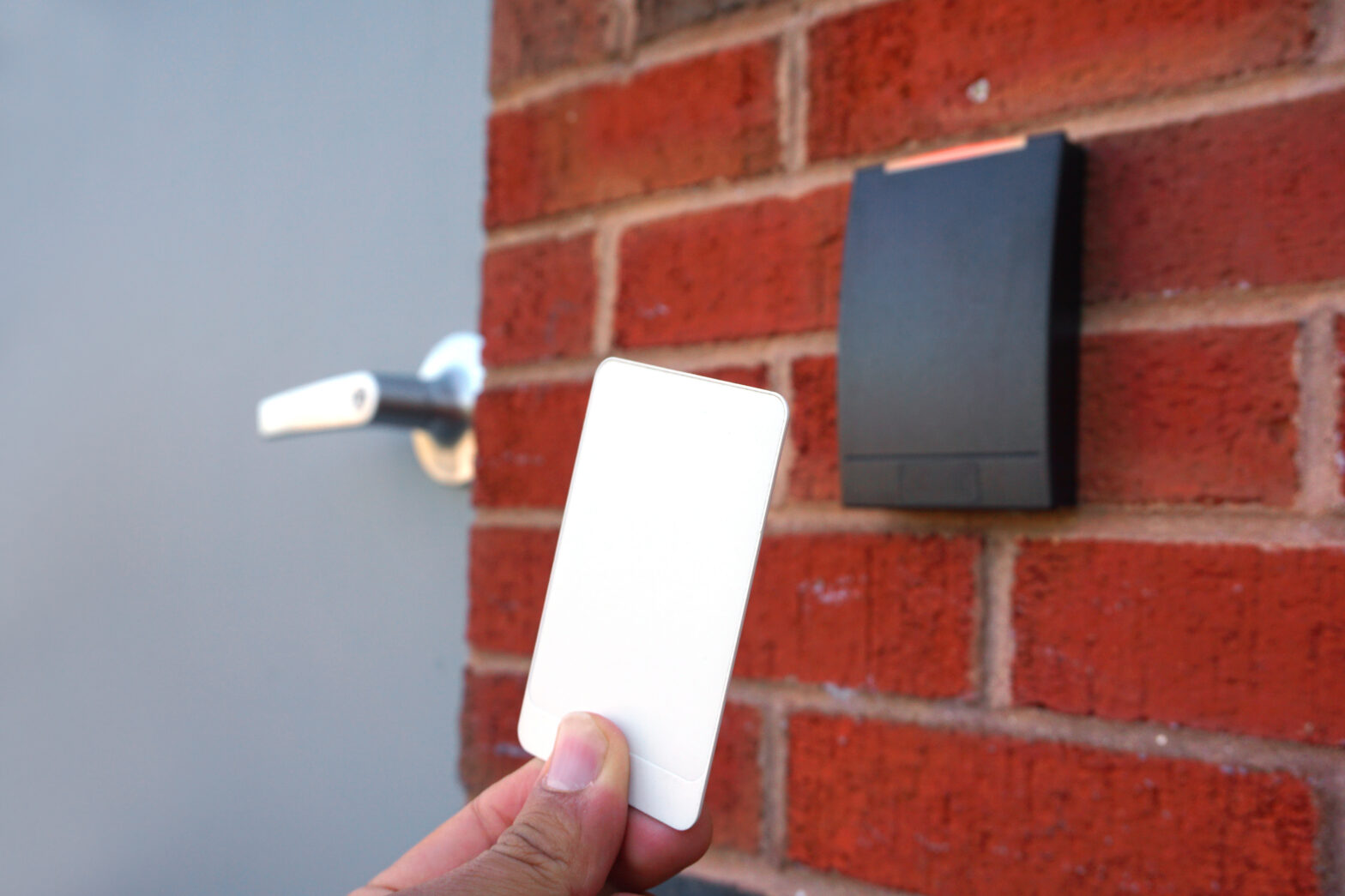Across a number of different sectors, applying a system to regulate physical access can offer various advantages for the security of your business. One such way you can achieve this, is through the implementation of proximity cards.
Proximity cards are contactless smart cards, key fobs or other such forms, that use programmed data to grant or reject access. The data is read by a card reader and transmitted to an access control panel. This system can be used within a certain range.
Why do you need physical access?
Physical access is important for any organisation who wish to have a security system in place. By equipping staff with proximity cards, you are able to implement a system to allow people in certain areas and restrict them from others.
>See also: The digital attention deficit
This can also mean employees only have access to the necessary departments, giving you control over buildings and access.
Physical access means that only those who need access will receive it. If you work in sectors such as banking, government or healthcare, physical access is incredibly important to have such measures in place.
By using proximity cards, you are able to implement this in a convenient and seamless way.
How does a proximity card system work?
Card access systems are essentially to control who can go where within your organisation. It can also ensure members of the public, or even clients can’t access sensitive or private departments.
This is particularly important in regards to healthcare and patient information or even access to equipment.
>See also: Risk management oversight is the board’s responsibility
There are 4 components of a card access system; the cards themselves, the readers, access control panel and the access control server. The access control panel software works through a process of deciding whether or not grant access to the user; it does this by going through a set of criteria.
For example, the software will make sure the card is valid, the card number is within the allotted range, and even check that the codes match before allowing access to the designated area.
The access control server is used to administer the access control panel; it can delete or add cardholders, manage access privileges and generate activity reports.
The benefits of proximity cards
Proximity cards can be read without having to insert them in the reader device, making them an incredibly convenient solution for the user. This also means there is less chance of damage or malfunction as there is no opening to tamper with.
Very secure, proximity cards are almost impossible to duplicate so that you can feel confident in your security system. 2017 predictions will no doubt see a rise in the adoption of such solutions, allowing organisations to take advantage of smart cards and creating a connected environment.
>See also: How AI activated voice search is changing search strategies for businesses
Making everything much more seamless than before, the likes of proximity cards can provide the answer to the heightened demand for security and better access systems. Trusted ID cards that integrate security, privacy and convenience all under one system can provide a new level of assurance to businesses.
Delivering a more convenient experience across important industries like banking and healthcare, you are able to implement a safeguard for your departments.
So, if you’re looking for a physical access system with a high level of security and convenience, utilising proximity cards could be the solution you’ve been looking for.







